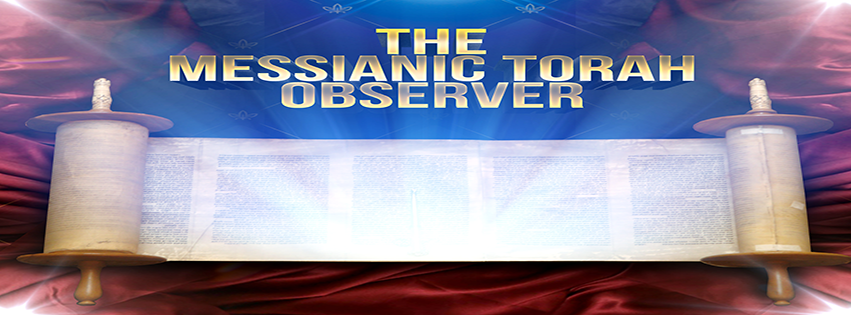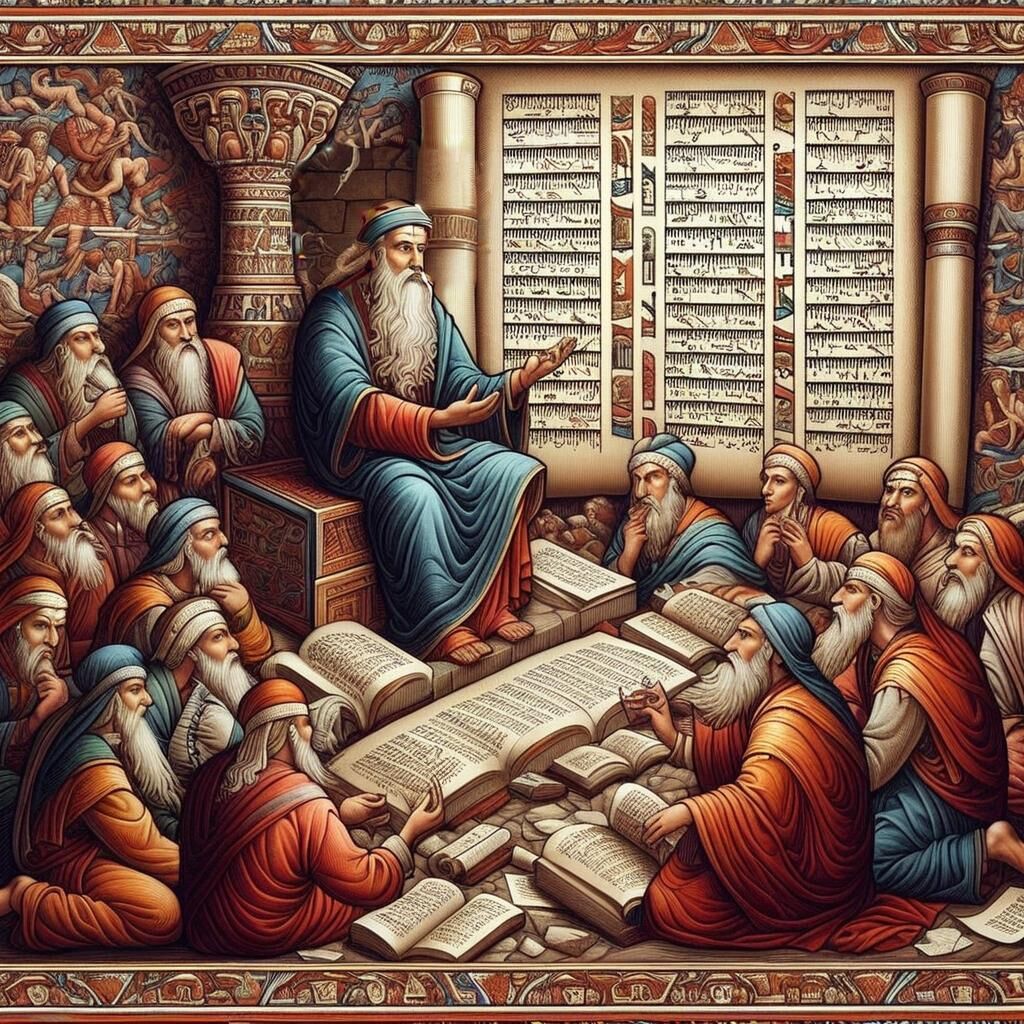Greetings, saints of the Most High! Welcome to another installment of the Messianic Torah Observer. Today, we delve into the intriguing topic of our Melchizedekian Priestly Pedigree, focusing on Jasher’s hidden chronicles.
In Part 3, we explored the theological implications of the Avram-Melchizedek encounter, discussing the dual offices of priesthood and kingship, the blessing conferred upon Avram, the significance of tithing, and the mysterious nature of Melchizedek. We also examined various religious perspectives on Melchizedek, including those from Catholicism, Islam, and Messianic Judaism.
Jewish legend and tradition often identify Shem, Noah’s righteous son, as Avram’s Melchizedek. However, there are several issues with this theory, including the lack of canonical biblical evidence and the improbability of Shem’s lifespan overlapping with Avram’s. Despite these concerns, the book of Jasher perpetuates this connection, presenting a narrative where Shem is indeed Avram’s Melchizedek.
Jasher’s account embellishes the biblical story, referring to Melchizedek as Adonizedek and describing a community meeting with Avram, bearing bread and wine. Interestingly, Jasher omits Melchizedek’s blessing of Yehovah, a curious detail given some ancient rabbinic opinions.
The narrative continues with Shem passing his prophecy school to Eber, his great-grandson, while the Melchizedekian priesthood is conferred upon Avram. This lineage, according to Jasher, includes notable figures like Adam, Enoch, and Noah, culminating in Avram.
However, the Jasher narrative raises questions about the authenticity and accuracy of these accounts. The Melchizedekian priesthood, as described in the Torah, operates outside biological heritage lines and temple sacrificial systems, foreshadowing the Spirit and Truth worship Yeshua spoke of.
Despite the conflicts between Jasher’s and the Torah’s accounts, we can glean significant insights into our Melchizedekian priestly pedigree. Concepts of righteousness, priestly conduct, obedience, and steadfast commitment to the faith form the foundation of our priestly calling. As students of Yahoshua’s Great School of Prophecy, we are in a season of training and preparation for our future roles in the Kingdom of Yehovah.
In conclusion, while I have my reservations about Jasher’s account, it offers valuable lessons about the godly elements that make up our Melchizedekian priestly pedigree. As we continue this series, we will explore these elements further, preparing us to serve as Melchizedekian kings and priests in the coming Kingdom of Yah.
May you be most blessed, fellow saints in training. Let us embrace our calling and prepare for the roles we are destined to fulfill.
How to Correctly Keep Yom Kippur
How to Correctly Keep Yom Kippur Believers Want to Know How to Keep Yom Kippur Correctly We have brethren in our Faith Community who are seeking Truth and want to understand when and what Yom Kippur is and how to properly observe and celebrate the day. As mature Torah...
Day of Trumpets—Yom Teruah—Rosh Hashanah—Subject to God or to the Rabbis?–STAR-95
The Calender: Friday 9-22-2017—Yom Teruah—Day of Trumpets Sunday 10-1-2017—Day of Atonement—Yom Kippur Friday 10-6-2017 through Friday 10-13-2017—Feast of Tabernacles—Sukkot Commentary: The World is Falling Apart and Coming to an End Although the Day of Trumpets is...
Overcoming the Cares of Life–STAR-94
The Cares of Life—For Some a Daily Challenge; For Others A Frequent Distraction From a general, let’s say, secular standpoint, the cares of life (or cares of this world as interpreted by some Bible translations) are the many elements of everyday...
The Bible-The Answer to Every Concern or the Ultimate Instruction Manual-STAR-92
Thoughts and Reflections Part 1: The Great Book Known as the Bible The Bible--The Holy Writ--The Word--The Word of God--The Sword--The 66-Special--The Book--The Good Book: these and many more are the descriptors and titles of arguably the most famous and well known...
Witnessing to Non-Believers-Is Keeping Torah Even Possible–Is Tithing a Burden–Does Prayer Purify Forbidden Foods–STAR-91
Thoughts and Reflections Part 1: Closing Thoughts on the Issue of Controlling Our Emotions I just want to put forth some closing thoughts on emotions and the problems that emotions can cause us in walking and living out this walk. Episodes 87 through 90, I reflected...
Controlling Our Emotions for the Work of the Gospel–STAR-90
Shabbat Shalom fellow saints in training. Greetings and blessings to you on this day that Yahuah our Elohim has made—one that we were admonished by the psalmist to be glad and rejoice in it. This is especially so given that the Sabbath is a most sacred day to us Torah...
The Rule of Emotions Over the Lives of Certain Christians-STAR-89
Part-1--The Rule of Emotions Over the Lives of Certain Christians In following up with my last Sabbath Thoughts and Reflections post (episode 88—”When Tradition Overrides Truth and Reason”), I explored how some of the traditions of the church (namely the modern...
When Tradition Overrides Truth and Reason–Sabbath Thoughts & Reflection-88
KJV Mark 7:1 Then came together unto him the Pharisees, and certain of the scribes, which came from Jerusalem. 2 And when they saw some of his disciples eat bread with defiled, that is to say, with unwashen, hands, they found fault.1 3 For the Pharisees, and all the...
Making a Case to be Holy–Sabbath Thoughts and Reflections–87
A Case for Holiness As I was conducting my Torah studies week-before-last, I came to Exodus, chapter 19. This of course, is a well-known passage of Torah to our community, for it is the place that marks that point in our history that we officially received our...
Why Aren’t We Wearing Tzitzits or Fringes?
38 "Speak to the sons of Israel, and tell them that they shall make for themselves atassels on the corners of their garments throughout their generations, and that they shall put on the tassel of each corner a cord of blue. 39 "It shall be a tassel for you 1to look at...

